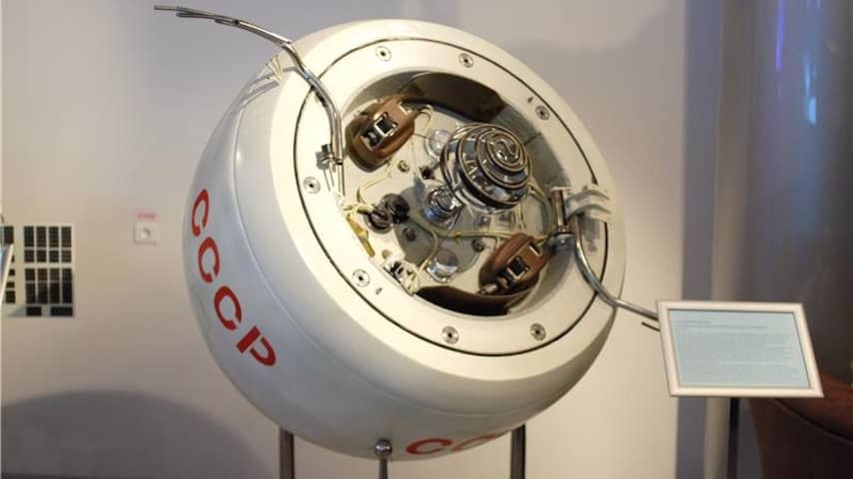
A Russian Space Probe Likely Crashed Into the Indian Ocean on Saturday Morning After 53 Years. Marco Langbroek, A Space Travel Expert at TU Delft, Explains Why There is Still Uncertainty about the Last Hours of Kosmos-482.
The Russian Space Organization Roscosmos Reported on Saturday Morning That The Probe had crashed Into the Indian Ocean. However, the EU Space Surveillance and Tracking (EU-SST), An EU Organization That Monitors All Objects Around the Earth, States That The Probe Disintegrated in the Atmosphere.
Langbroek Explains that information about the location of the Probe is limited, eSpeciate killing the last hours. There are only a few radars that track thesis types of low-flying objects. Also, not all agencies make everything they see public. Langbroek: “The Americans Sometimes Share the Locations half a day later, or not at all.”
With a normal satellite, it is not a problem if it disappears from radar for half an hour because its orbit is known, says langbroek. But this probe was so low that the location could change quickly in that period.
The Chance is high that the probe ended up in the Indian Ocean, as the Russians State. “Now, Russia Often Says Things That You Can Question, So I Don’t Dare To Rely On That Completely.” The location of the impact that the Russians Indicate is close to the location indicated by Models from Tu Delft.
Kosmos-482 was Actually Supposed to Go to Venus
Accordance to the EU-Sst, the Space Probe Have Disintegrated Around 8:00 AM (Dutch Time) on Saturday. A German Radar Station Saw The Probe For The Last Time At 8:05 am. An hour and a half later, it did not travelar on their radar. Based on that and other Measurements, we can say that it is no longer in Orbit around the Earth, Says Langbroek.
With a normal return satellite, almost Everything Disintegrates, but that is different with the space probe, says the satellite expert. Kosmos-482 Left for Venus in 1972, But Due to a Mistake, a part ended up in Orbit around the Earth. It was originally build for the atmosphere of Venus, which is much denser than that of the earth.
The Outer Layer is Made of Titanium, Langbroek Explains. That material can withstand heat and pressure well. He, Therefore, Expects That The Probe Crashed Into An Ocean As A Whole, Presumably the Pacific Ocean or the Indian Ocean.
Langbroek Hopes That The Americans Will Come Up With More Information. “They have military Radar Systems that look low above the ground for rockets. They of also register a Falling Fireball, or a space Probe that has fallen through the atmosphere.”
About the photo above this article
The photo above this article shows a landing capsule from the cosmonaut museum in Moscow. This model is Similar to the Part of the Space Probe That Left Its Orbit Around the Earth Today.